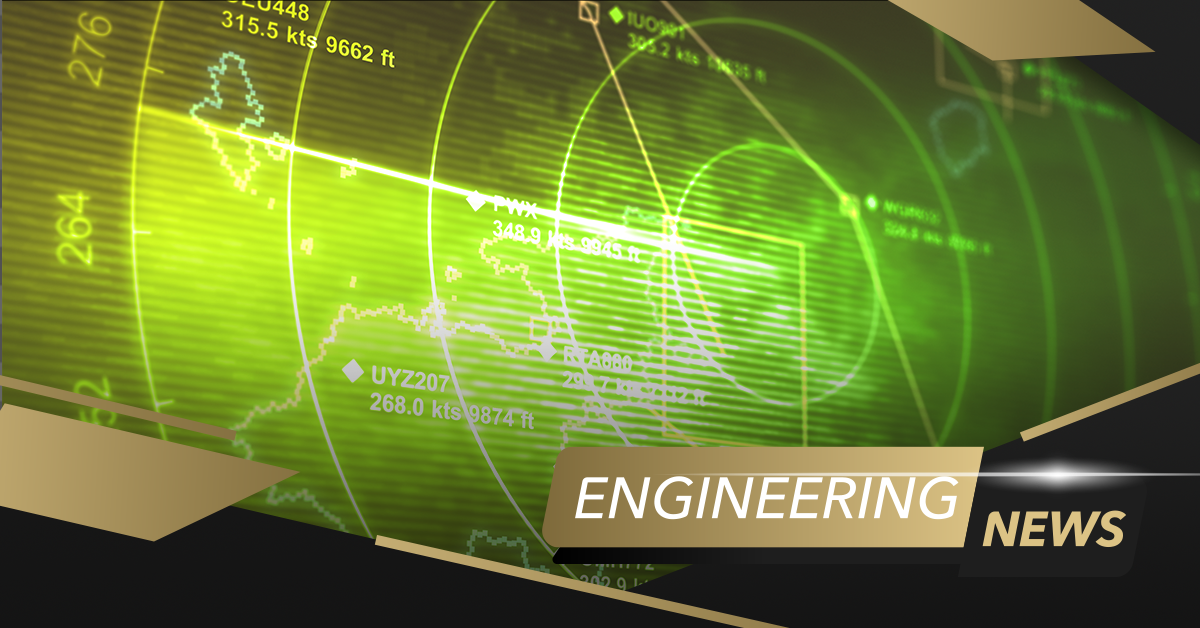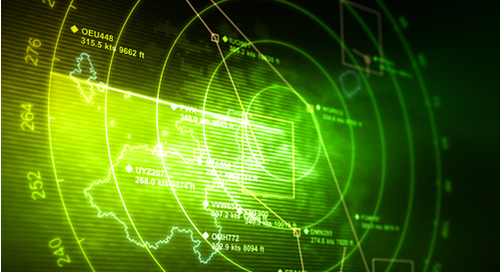Stealth Aircraft, Meet Quantum Radar

If you read Max Clivefield's recent article on quantum computing and quantum communication, then you've got a head start on most when it comes to understanding entanglement. These esoteric areas of technology are likely to become more common in the coming decades, and could revolutionize modern technology. I'm skeptical that we'll have desktop quantum computers or quantum cell phones, but these new technologies are worth developing as they have the potential to solve major challenges in basic science and engineering.
A related area of quantum technology in the fight for quantum supremacy is quantum radar. This type of radar is unique and relies on the same phenomenon (which Einstein called "spooky action at a distance") that is used in quantum communication. Quantum radar with entanglement received an early US patent in 2008, and the technology is still being pursued by the US, Europe, and China. Here's what you need to know about quantum radar and the role engineers are playing in bringing this technology to life.
How Does Quantum Radar Work?
There are really two versions of quantum radar, although the version involving quantum entanglement has received a lot of recent attention, probably due to the esoteric nature of this phenomenon. The second version of quantum radar relies on quantum homodyne detection, which is just a quantum analog of classical homodyne detection for RF signals. Manifestations of both versions are described in this paper on arXiv and in the figure below. The goal in both schemes is to determine the range R using the altitudinal angle above the horizon Θ, and a measurement of the phase difference, ϕ, between the emitted and reflected beam.
Once the emitted photons are reflected from the target, they experience a phase shift ϕ. Both methods are interferometric, i.e., they rely on overcoming the Heisenberg and shot-noise limits through an extremely sensitive phase shift measurement.

The entangled version of quantum radar requires generating entangled photons using spontaneous parametric downconversion. This is done by shining a laser beam on a nonlinear optical crystal, which then outputs two entangled photons with lower energy. These photons can then be converted to even lower energy photons, i.e., down to low THz or GHz frequencies.
In the absence of losses (i.e., scattering and absorption in the atmosphere), the entangled version of quantum radar in (a) is known to provide sub-shot noise sensitivity and sub-Rayleigh limit resolution. In other words, received photons can be detected with greater sensitivity than the inherent noise in the photon source. In addition, the sub-Rayleigh limit resolution provided by a phase shift measurement means that features on the target smaller than the emitted wavelength can be resolved and used to form an image. This would allow quantum radar operators to identify an aircraft in addition to a range measurement.
In the second scheme in (b), a coherent beam of photons from a radar emitter is sent to a target. The emitter is also used as a reference oscillator in quantum homodyne detection, similar to a standard homodyne radar receiver. The phase shift is used in a photon parity measurement to retrieve the state of the reflected photon. A delay line is not needed in the CRS system, as comparing the phase difference between two quantum states is quite easy when one accounts for the parity of a photon.
Engineering Challenges in Quantum Radar
If all this sounds like it should still be confined to science fiction, don't fret, there are still real engineering challenges present in both types of quantum radar. The primary challenge facing quantum radar is miniaturization, electronic noise in detectors, and rangefinding/imaging algorithms with both systems. Miniaturization is all about integrating the sensitive optical and electronic components into smaller systems. This requires more work with high-power radar emitters and integration of photon detectors into smaller packages.
In terms of an intensity measurement for the return signal, the signal strength is barely above the shot-noise limit unless a large number of photons is emitted in a single burst. The high sensitivity and imaging capability expected from entangled quantum radar is only possible when the total loss is less than approximately 6 dB. Overcoming this drawback requires using a physically larger radar, or finding ways to reduce shot noise in detectors.
With CRS quantum radar, current COTS radar emitters can be used, along with homodyne radar detection components sensitive enough that this system could be constructed with current technology. Another advantage of CRS quantum radar is the lack of a delay line, which is required in an entangled state quantum radar system. Instead, the delay line can be replaced with a stable radar oscillator, thus one does not need to know the target range in advance.

The high sensitivity in both methods means that the radar can run at lower power, and the systems will not expose themselves when being used to detect distant targets. In addition, detecting oncoming entangled or coherent photons on a moving craft without a reference oscillator is difficult as they will be masked by background microwave radiation. As such, the targets won't know they've been detected by a distant quantum radar station.
It remains to be seen which type of radar will win the day. The esoteric nature of quantum entanglement causes everyone to focus on its use in new technology, so it is not surprising that everyone is obsessed with entanglement quantum radar. However, existing systems could be adapted for use with quantum radar. As is usually the case with engineering and business, the most unsexy solutions are usually the most practical and most effective. Still, bringing quantum radar online represents a huge scientific advance in practical uses of quantum physics outside of lasers, semiconductors, and quantum computing.
The folks at Altium are committed to keeping you updated on the newest advances in technology, including quantum radar. The PCB design tools in Altium Designer® are ideal for building advanced technology and managing all aspects of any new project. Now you can download a free trial of Altium Designer and learn more about the industry's best layout, simulation, and production planning tools. Talk to an Altium expert today to learn more.
